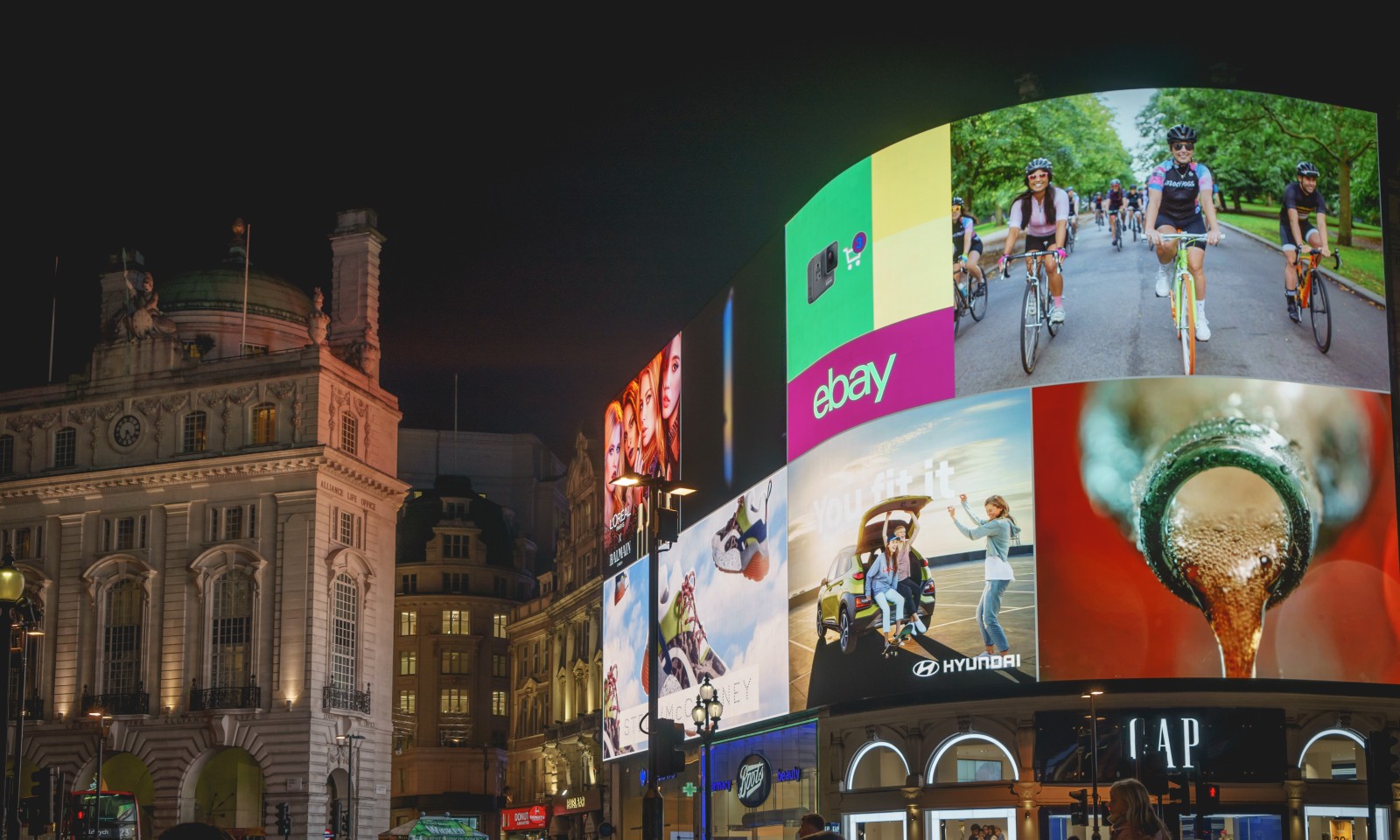This website uses cookies so that we can provide you with the best user experience possible. Cookie information is stored in your browser and performs functions such as recognising you when you return to our website and helping our team to understand which sections of the website you find most interesting and useful.

News & Media
Keep up to date with the world of Digital Signage.
4 reasons why LED screens matter at music festivals
For countless people, music festivals are the definitive summer experience – even here in the UK, when the weather is… ...

-

-

-

Why LED screens are more environmentally friendly than other types of screens
-

-

4 ways digital signage has forever changed the world of football
-

-

-

-

5 industries that can benefit significantly from digital signage
-

Why include digital signage as part of your festival set-up?
-

-

How can our digital displays benefit public sector transport
-

-

-

-

-

Get ready for the Resolutions! What your screens need for 2023
-

-

-

Frighteningly good ways LED screens can boost Halloween sales
-

-

-

-

Windows of opportunity: benefits of LED signage in shop windows
-

The benefits of installing a pharmacy cross before flu season
-

-

-

How to formulate a maintenance plan for your LED digital signage
-

-

Why are statistics increasingly important in football today?
Let's Work Together
Contact Scanlite today for a quick response - we are happy to help with any enquiry.












